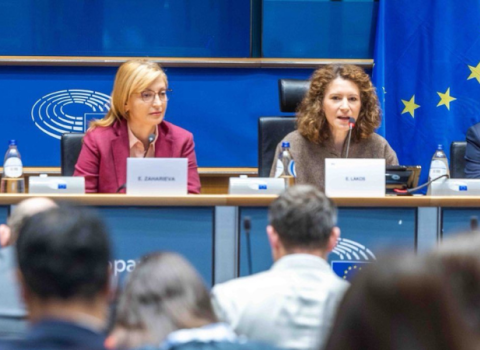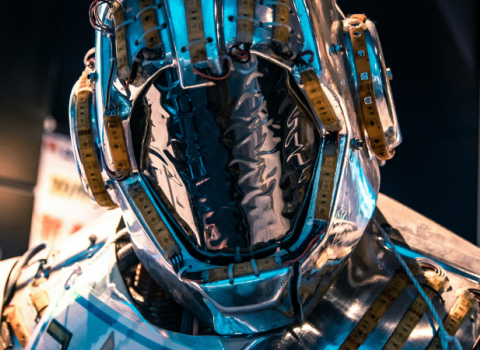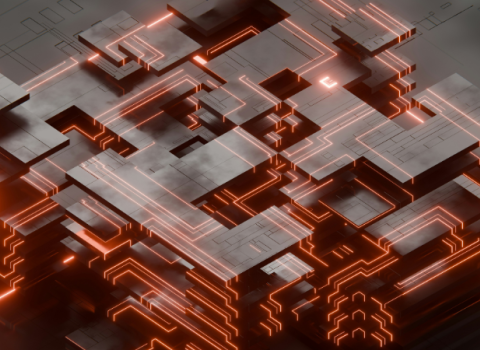IP|Business is supported by Foley & Lardner LLP
The academic researcher, whose work is funded through grants, and for whom success is measured in papers and graduate students, and not stock options or product launches, may believe his or her work is exempt from patent infringement under U.S. patent law.
An experimental use exception is explicitly defined in modern European and Japanese patent laws1, and also in US laws concerning plant varietals2. The idea of a broad experimental use exception can also be found in US and English common law. For example, the noted US jurist and Supreme Court Justice Joseph Story ruled in 1813 that, “It could never have been the intention of the legislature to punish a man who constructed such a machine merely for philosophical experiments, or for the purpose of ascertaining the sufficiency of the machine to produce its described effects.” 3
Some older cases see experimental use as a type of de minimis infringement that should not concern the law or courts4. The idea that patent law concerned only commercial activities is also found in US cases that frequently turned on whether, and to what degree, the infringer sought to profit, or was engaged in a business5.
Madey v Duke: A university’s non-profit status is not enough for a broad experimental use exception
In this context, the idea of a university as a business entity came to the fore in a dispute between John Madey, who invented and patented the free electron, and his former employer, Duke University6. When Madey left Duke, he sued for patent infringement when Duke sought to use the equipment left at the university. Duke argued that its status as a non-profit research institution, and its use of the laser for academic research, fell squarely within an experimental use exception, and that Madey had the burden to show otherwise. The appellate court disagreed7, reasoning that Duke University was in the “business” of research and teaching. As such, the alleged infringing activity, even in a non-profit setting, “Unmistakably further[s] the institution’s legitimate business objectives, including educating and enlightening students . . . and lur[ing] lucrative research grants.”8 Accordingly, neither the non-profit status, nor its academic research mission, protected Duke from infringement.
The question remains whether an experimental use exception exists in any viable way after Madey. The Madey court concluded that “the experimental use defense persists albeit in [a] very narrow form”9 to “actions performed for amusement, to satisfy idle curiosity, or for strictly philosophical inquiry” and not if it has “the slightest commercial implication.”10
While Madey remains the controlling precedent, other commentators, including Chief Judge Rader of the US Federal Circuit (the main patent appeal court) believe that there should be no general experimental use exception, noting that US patent statutes do not recognize either de minimis infringement or a general experimental use exception11. This writer agrees with Judge Rader, especially in view of the US Supreme Court’s trend towards literal interpretations of the law, suggesting that even the narrow experimental use exception may not survive a direct challenge in court.
Judge Rader argues that the solution to de minimis infringement is through damages12. Similarly, there is a reduced likelihood of an injunction being granted against the de minimis infringer13.
Thus, a broad experimental use exception does not exist in a viable way, even with regard to research taking place at an academic or non-profit institution, such as a university. It is important to keep in mind that while de minimis or “experimental use” are not viable defenses to infringement, they are relevant to damages, injunctive relief, and, as practical matter, the likelihood of a law suit.
The § 271(e) FDA “safe harbor” for certain types of research
Although a general research exception does not exist, US statutory law has carved out an exception for activities, “solely for uses reasonably related to the development and submission of information under a Federal law which regulates the manufacture, use, or sale of drugs or veterinary biological products.”14 This exception was designed to permit the development of generic drugs while the brand-named drug remained under patent protection.
Prior to 2005, the Federal Circuit concluded that § 271(e)’s exception applied to drugs and medical devices subject to FDA approval, but not to preclinical research or to “research tools” that is, those products and methods used for research but which themselves are not subject to FDA approval. In 2005, however, the Supreme Court held that a “reasonably related” use did not require actual FDA submission, and includes those situations in which a party has, “a reasonable basis for believing that a patented compound may work, through a particular biological process, to produce a particular physiological effect, and uses the compound in research that, if successful, would be appropriate to include in a submission to the FDA.”15
Thus, preclinical research could fall within § 271(e). Research tools, however, fall outside § 271(e)’s protection16.
The scope of the § 271(e) safe harbor remains to be better defined, although a useful guide appears to be between research on a potential new drug, method, etc. to investigate or improve the invention, which is protected by § 271(e), and research using a patented invention that falls outside the § 271(e) safe harbor17. This guide follows the common law experimental use exception.
Conclusion
Other than the § 271(e) “safe harbor” for activities reasonably related to the development and FDA consideration of certain products, a general “experimental use” exception to patent infringement under US law is does not exist in a viable way even for academic and other non-profit entity researchers in many settings.
Simon Elliott is an associate with Foley & Lardner LLP
________
References
1 See, e.g. § 69(1) of Japanese Patent Law, § 11, No. 2 of the German Patent Act of 1981.
2 7 U.S.C. § 2544.
3 Whittemore v. Cutter 29 F. Cas. 1120, 1121 (No. 17,600) (C.C.D. Mass. 1813).
4 Id
5 See, e.g. Chisum on patents § 16.03.
6 Madey’s invention occurred prior to joining the Duke faculty, and so Duke had no “shop right.”
7 Madey v. Duke Univ., 307 F.3d 1351 (Fed. Cir. 2002).
8 Madey at 1362.
9 Madey at 1361.
10 Madey at 1362 (citing Embrex, Inc. v. Serv. Eng’g Corp. 216 F.3d 1343 (Fed. Cir. 2000)).
11 Embrex, 216 F.3d at 1352 (Rader, J. concurring).
12 Id.
13 In view of eBay Inc. v. MercExchange, L.L.C., 126 S. Ct. 1837 (2006), holding that injunctive relief requires that the plaintiff demonstrate (a) irreparable injury, (b) that remedies (such as money) are insufficient, (c) that an injunction is warranted based on the balance of hardships to plaintiff and defendant, and (d) the public would not be disserved by a permanent injunction.
14 § 271(e).
15 Merck kGaA v Integra Lifesciences, Ltd. 545 U.S. 193, 206-207 (2005).
16 Proveris Scientific Corp. v. Innovasystems, Inc. 536 F.3d 1256 (Fed Cir. 2008).
17 A distinction suggested by Judge Newman’s separate opinion in Integra Lifesciences I, Ltd v. Merck kGaA 331 F.3d 860, 872-878 (Fed. Cir. 2003) (Newman, J. concurring-in-part, dissenting-in-part).





 A unique international forum for public research organisations and companies to connect their external engagement with strategic interests around their R&D system.
A unique international forum for public research organisations and companies to connect their external engagement with strategic interests around their R&D system.